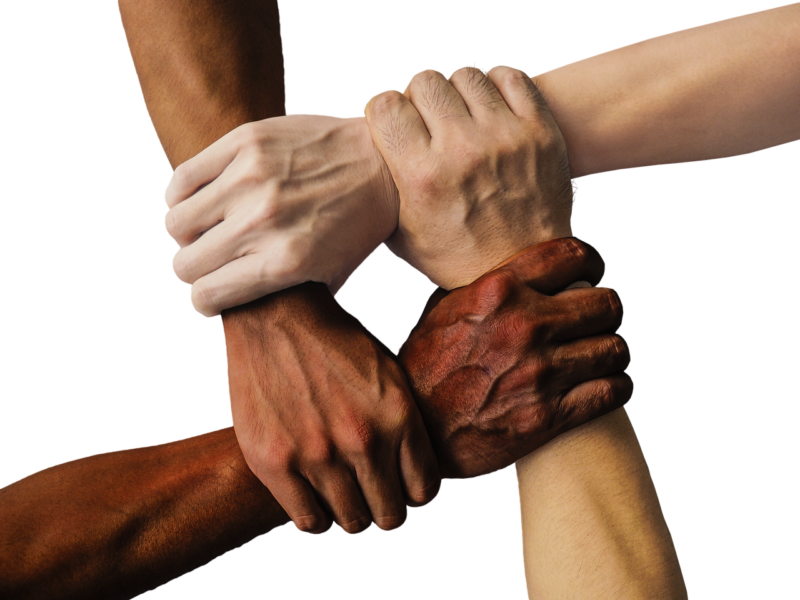The Rise of Diversity in Comics: How Superhero Storylines Are Reflecting Social Justice Movements
November 14, 2024

The world of comics has traditionally been dominated by a narrow band of protagonists, often reflecting the cultural norms and values of the eras in which they were created. However, in recent years, a significant transformation has occurred within the comic book industry. The rise of diversity in comics is not just a trend; it is a reflection of the ongoing social justice movements that are reshaping our society and worldview. This article delves into how superhero storylines have become platforms for discussing equity, representation, and the struggles faced by marginalized communities.
1. The Historical Context of Diversity in Comics
To fully understand the current landscape of diversity in comics, it is crucial to examine its historical context. Comic books have been more than just entertainment; they have mirrored societal values and changes.
For decades, the majority of superheroes hailed from predominantly white, male backgrounds. Characters like Superman and Captain America became cultural icons but didn’t necessarily represent the vast tapestry of human experience. However, the societal upheavals of the 1960s, including the civil rights movement, set the stage for a wave of new characters that began to break this mold. Characters like Black Panther, Falcon, and Luke Cage introduced audiences to heroes who were not only diverse but also embodied the struggles against racism and inequality.
In more recent years, the comic book world has evolved to become a more inclusive space. The advent of new technologies, such as digital comics, also plays a role in diversifying the readership and characters.
2. The Impact of Social Justice Movements
Social justice movements have profoundly influenced the narratives found within comic books today. Movements like Black Lives Matter, LGBTQ+ advocacy, and feminism have inspired a wave of storytelling that seeks to highlight social issues facing these communities.
Storylines addressing police brutality, systemic racism, and gender identity have become increasingly commonplace. Writers and artists are creatively engaging with real-world issues, making the fight for justice a part of the superheroes’ quests, rather than merely a backdrop. Characters like Ms. Marvel (Kamala Khan) and America Chavez have become symbols of empowerment, encouraging readers to embrace their identities and advocate for change.
These characters serve as conduits through which readers can explore complex social issues, bridging the gap between entertainment and activism.
3. Examples of Diverse Characters and Storylines
The rise of diversity in comics has not merely been a matter of creating new characters; it’s also about the depth and authenticity of their experiences. Here are a few notable examples:
- Ms. Marvel (Kamala Khan): A Pakistani-American teenager who becomes a superhero while navigating the challenges of her cultural identity and community expectations. Her storylines frequently address issues like immigration, religion, and representation, resonating with a diverse audience.
- Black Panther (T’Challa): Not only has Black Panther introduced the Marvel Universe to the rich culture of Wakanda, but it also touches upon themes of colonialism, cultural identity, and the responsibility of leadership in an age of global crises.
- The Green Lantern Corps (John Stewart): John Stewart, a Black Green Lantern, tackles issues related to representation and justice within a predominantly white superhero team. His storylines often address themes of community and the consequences of power in a society riddled with inequality.
These characters are not merely passing fads; they represent a burgeoning acceptance of diverse narratives that engage with readers’ senses of identity and justice, broadening the superhero archetype.
4. The Role of Creators and Diversity Behind the Scenes
Behind every groundbreaking character or storyline is a team of creative minds dedicated to telling authentic stories. The increasing presence of writers, artists, and editors from diverse backgrounds is crucial in shaping narratives that resonate with various communities.
When creators draw from personal experiences and cultural heritage, the authenticity of the characters improves, creating richer, more relatable stories. This greater representation among creators helps to mitigate stereotypes and ensure that a variety of voices are heard.
For instance, the team behind the comic book ‘America’ features a Latina writer, Gabby Rivera, who brings her experiences of being a queer, Afro-Latina woman into the story, making it a unique experience for readers aiming to see themselves reflected in the narratives.
5. The Pushback and Challenges Faced
Despite the progress made in diversifying comics, it hasn’t been without resistance. Critics often argue that political correctness or themes of diversity detract from storytelling. The backlash against characters like Riri Williams, who took up the Ironheart mantle, or the transition of Thor to a female version has sparked debate over authenticity versus representation.
Additionally, there are still ongoing challenges regarding how characters of color, LGBTQ+ identities, and women are portrayed. It is crucial that diversity not simply becomes a marketing gimmick, but rather leads to meaningful and authentic representation.
Overcoming these barriers requires an ongoing commitment from creators, publishers, and audiences to support and champion diverse stories.
6. The Future of Diversity in Comics
Looking ahead, the future of diversity in comics appears promising. As more creators step forward with diverse narratives and social justice themes, the embrace of written diversity will offer deeper and more nuanced perspectives on contemporary issues.
With comic book adaptations proliferating across film and TV, the push for authentic representation is more crucial than ever. Audiences are eager to see stories that reflect real-world struggles, and the demand for diverse characters is only expected to grow.
As the lines between comics and other media continue to blur, creators have the potential to amplify diverse storylines across platforms, influencing a new generation of readers and empowering them to advocate for their communities.
Conclusion
The rise of diversity in comics is a reflection of the societal changes occurring around us. Today, superhero narratives are not merely about good versus evil; they are platforms for exploring complex social issues that resonate with a diverse audience. While there are challenges to overcome, the commitment to representation and authenticity in storytelling will continue to shape the comic book industry.
As readers, it is essential to support diverse stories and champion the voices behind them. The future of comics is bright, rich with opportunities to promote understanding, empathy, and social justice, ensuring that every reader can find a hero who reflects their own experiences and struggles.






